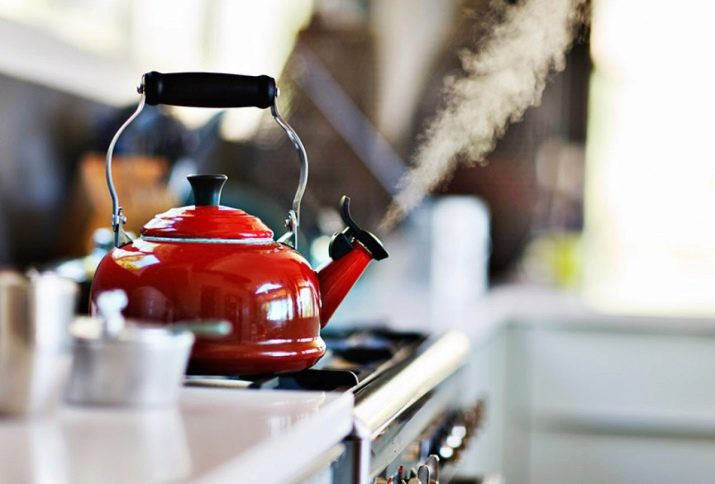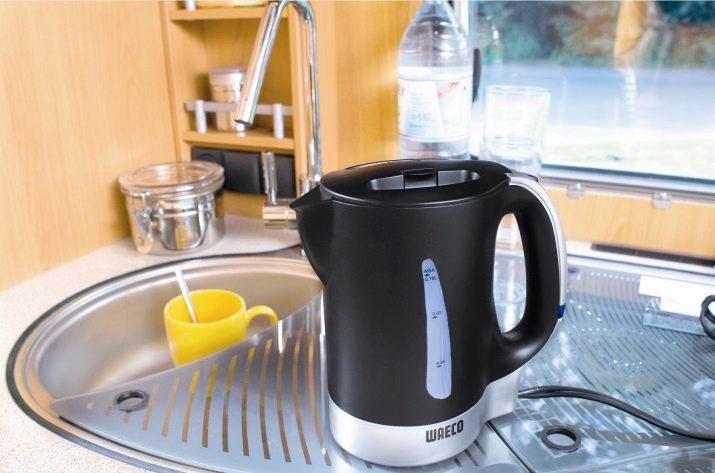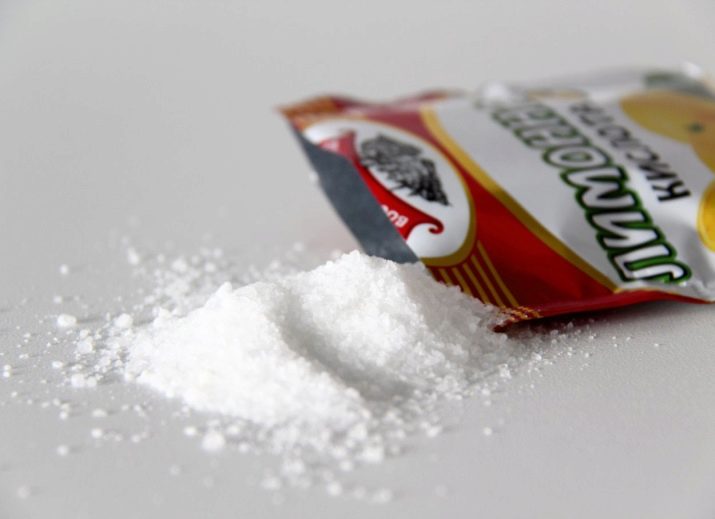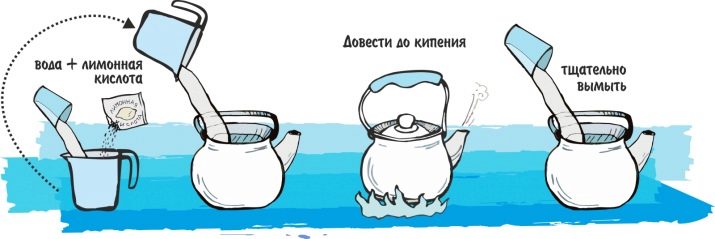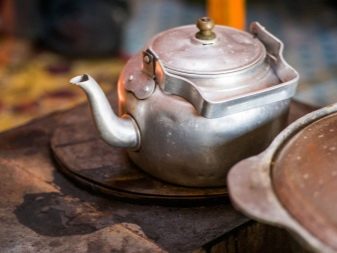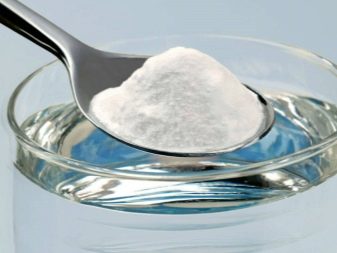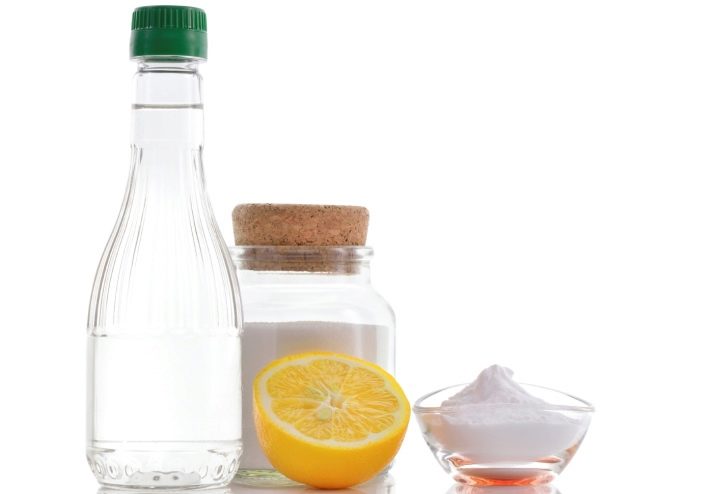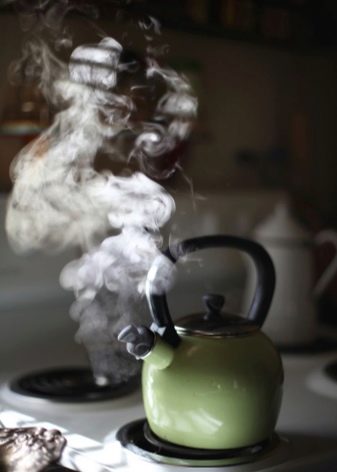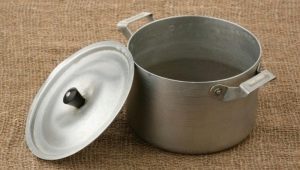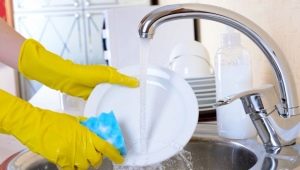How to clean the kettle with citric acid?
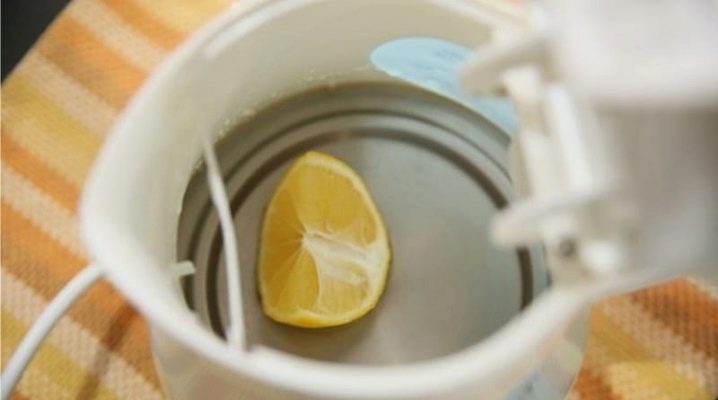
Every modern kitchen has a favorite kettle. Someone has an electrical device, someone has an ordinary enameled one. Over time, any of them need to be properly cleaned. Plaque and scale inevitably accumulate on the walls of the vessel and it is not so easy to wash them. Today we have prepared for you tips that are guaranteed to help deal with this problem.
Cleaning methods
An electric kettle or a traditional metal with time must be covered with scale inside. The reason is simple. The fact is that water contains various salts, which form a hard coating on the walls, bottom, and also on the heating element. Especially quickly calcareous deposits arise from excessively hard tap water. However, filtered and bottled only temporarily delay the appearance of scale. So, serious cleaning of kitchen utensils is inevitable.
Each housewife has her own methods by which she copes with this kind of pollution. For example, someone is trying to get rid of scale detergent. We do not recommend you do this. After such a purification, during subsequent boiling, chemicals will be released into the water.. To drink such liquid is very unhealthy.
Do not use abrasives, hard sponges, scrapers or metal meshes.. They will damage the inside of the product or the heating element, after which it can be damaged. Wash the kettle quickly and easily by applying citric acid.
Why do we recommend scaling with citric acid? Because this tool is quite affordable, you do not have to spend a lot of money on it. In addition, it is completely safe - in no way harm your health. There are several effective techniques. For the old thick plaque used the so-called hot method. If the pollution is not too strong, then the cold method will do. Now it's time to go to the sequence of actions and the description of the proportions.
How to clean the inside?
If the layer of scale in the inside is not too serious, you will need 50-60 grams of citric acid. Pour it into the kettle, fill it up to the top with very warm water, mix thoroughly. Leave for about an hour, or even better for two. After waiting time, you just need to pour out the liquid and rinse the kettle with plenty of water. You will notice that the inside of the product has become much cleaner, the patina is gone.
Such regular prophylaxis, at least once or twice a month, will avoid the accumulation of stone deposits and preserve the dishes.. A teapot will look like new for a long time.
By the way, upon completion of cleaning, after rinsing, we recommend boiling in it for about five minutes clean water, and then be sure to drain it. This is necessary so that the taste of citric acid is not felt in drinks.
If there is a thick layer of scale and the above method does not help, it is necessary to apply a more serious method - hot cleaning. To do this, you again need the kettle itself, citric acid and water. Pour water to the top, put two tablespoons of citric acid and boil water. Turn off the fire, leave to cool. Remember: after each procedure, the water is drained.
In case small traces of plaque remain on the walls or bottom, remove them with a soft sponge. Did not help? You can safely repeat the procedure. After the second bath scale is guaranteed to disappear. Another recommendation regarding the hot method. Never add powder with acid to boiling or very hot water.
Citric acid should be poured exclusively into cold or warm liquid. From the interaction with boiling water, the acid will immediately foam, which will violate the correct cleaning process.
A little advice on getting rid of old scale. We recommend to make such a "paste" in the evening. Take in equal proportions the baking soda that you usually use for baking, and citric acid. Dilute with a small amount of water to form a thick gruel. Apply it on problem areas, leave overnight. In the morning you can use any of the cleaning methods that we told you about.
Another proven method that will definitely help to cope even with an annual layer of plaque is the use of a mixture of table vinegar with citric acid. The combination of these two ingredients is well known to many housewives who regularly do the cleaning of various kitchen utensils.
Be warned that vinegar should not be from "strong." That is, 70% acid is absolutely not suitable. Take the vinegar that can be used in food: the percentage of it is much lower, but the effect will be stunning. Please note that the use of vinegar is absolutely not suitable for cleaning the appliance, as it can seriously harm the integrity and performance of the heating element.
If you decide to clean this method enameled or iron kettle, then remember the recipe. So, to clean the kettle you need citric acid and vinegar. To a glass of warm water you need to add 3-4 tablespoons of ordinary vinegar. Liquid should be poured into the kettle, left for about half an hour. Then add 2-3 tablespoons of citric acid and put the kettle to boil. If necessary, the procedure can be repeated.
After this cleaning, thoroughly rinse the inside of the product with baking soda. Work with a soft sponge. Then, thoroughly rinsing the kettle, leave it with the lid open for at least half an hour.
How to wash outside?
Very often kettles, now we are not talking about electrical appliances, lose their appearance. The enameled or metal product is stained with fat, soot and even rust appear. What to do in this case? It would be desirable, that all kitchen utensils shine with primitive brilliance and purity, and not frighten away their terrible appearance.
Do not worry, there are tips for this case. As before, you need citric acid. Small oil stains, burnt fat can be removed with a lemon peel. Just take a lemon peel or a slice of citrus and rub the contaminated sites. Stains will easily go away, you can easily wash the dishes with a soft sponge.
If surface contamination is too serious, then prepare a special cleaning solution in a large container. You will need a large container where you can immerse the kettle completely. In warm water, add 100-150 grams of citric acid, then immerse the kettle there. Leave for about an hour. Here it is important to remember: the hotter the water, the more acid, the faster the cleaning process.
Old stains, which appear periodically after cooking, are easy to remove with “paste” from acid and baking soda. On the preparation of the mixture, the consistency of the cleaning solution, we described above.
The main thing is to make sure that both powders are completely dissolved, otherwise they may leave scratches on the surface.
Prevention methods
There are simple rules of care for the kettle, which should be followed:
- To prevent the heating element and the inside of the product from being often covered with a layer of scale, use only clean water. You can apply purified using a filter or buy bottled. If there is no such possibility, always allow the tap water to stand before boiling. Only after this, pour it into the dishes.
- Do not boil one water several times. The best option is to replace each time with a fresh one.
- Flush the inside of the kettle before use.Make sure that the water does not contain white flakes.
- If after each use, or at least once a day, in the evening, you wipe dry your favorite kitchen utensils inside, the scum will appear less often, the product will last you much longer.
Recommendations and Tips
Finally, we have prepared some more useful tips that will help you keep the kettle in perfect condition:
- If there is no citric acid in the house, then it is quite easy to replace it with ordinary citrus. You can squeeze the juice from one lemon, or you can simply cut it into small pieces and use it in the methods for getting rid of plaque, which were described above.
- In some cases, for example, for cleaning an iron kettle, ordinary baking soda is quite suitable, which is also able to cope with heavy pollution.
- If you decide to use a mixture of citric acid and baking soda, but these powders in the house did not turn out, then it does not matter. They can be safely replaced with ordinary baking powder or baking powder for the dough. In their wonderful composition, helping baking to become more magnificent, there is already both soda and acid.
- Fans of carbonated drinks, in particular lemonade, can use them as cleansing agents. Lemonade just needs to be poured into a container and left there for two or three hours. Leave the lid open so that all the gas comes out. Then you need to boil a drink in your favorite kettle and that's it. The result will surprise you. Try to use transparent drinks, otherwise you risk painting the inside of the dishes in a poisonous color.
- It will become easier to care for dishes from heat-resistant glass if you wipe it with a lemon slice from all sides: outside and inside, twice a month. By the way, if there is no citrus at home, you can take the powder with “lemon”, dilute it in water. It is better to clean the contaminated surface with a soft sponge or sponge, wetting them in a solution.
- The following remedy copes with the dark soot stains and smudges on metal products. Lemon juice and medical alcohol should be mixed in equal proportions, then apply the mixture to the stains using a cotton pad and carefully wipe the surface. After half an hour you can wash it all off. If the result is unsatisfactory, the whole process should be repeated.
Working in the kitchen, do not forget about yourself. Be sure to clean the dishes with rubber gloves to avoid damaging the delicate skin of the hands.
To learn how to easily descale the kettle, see the following video.
